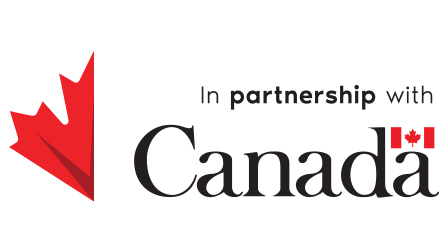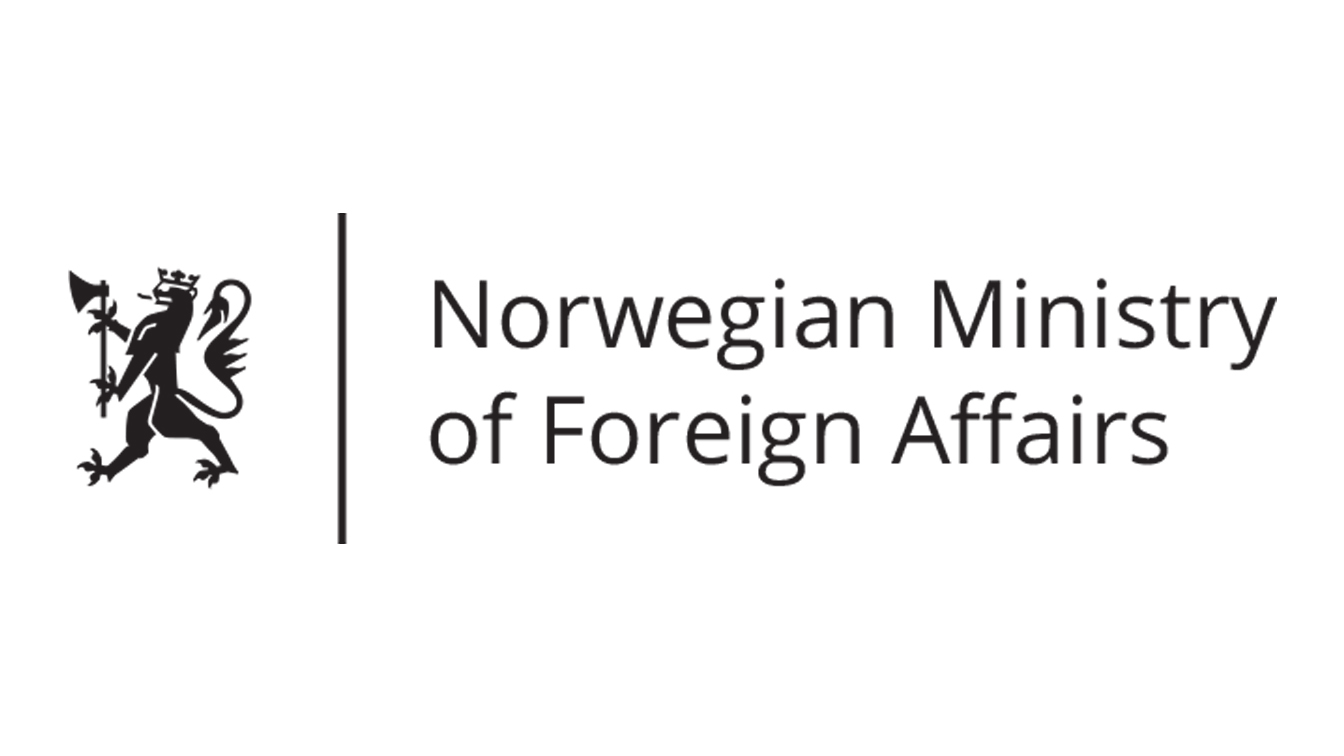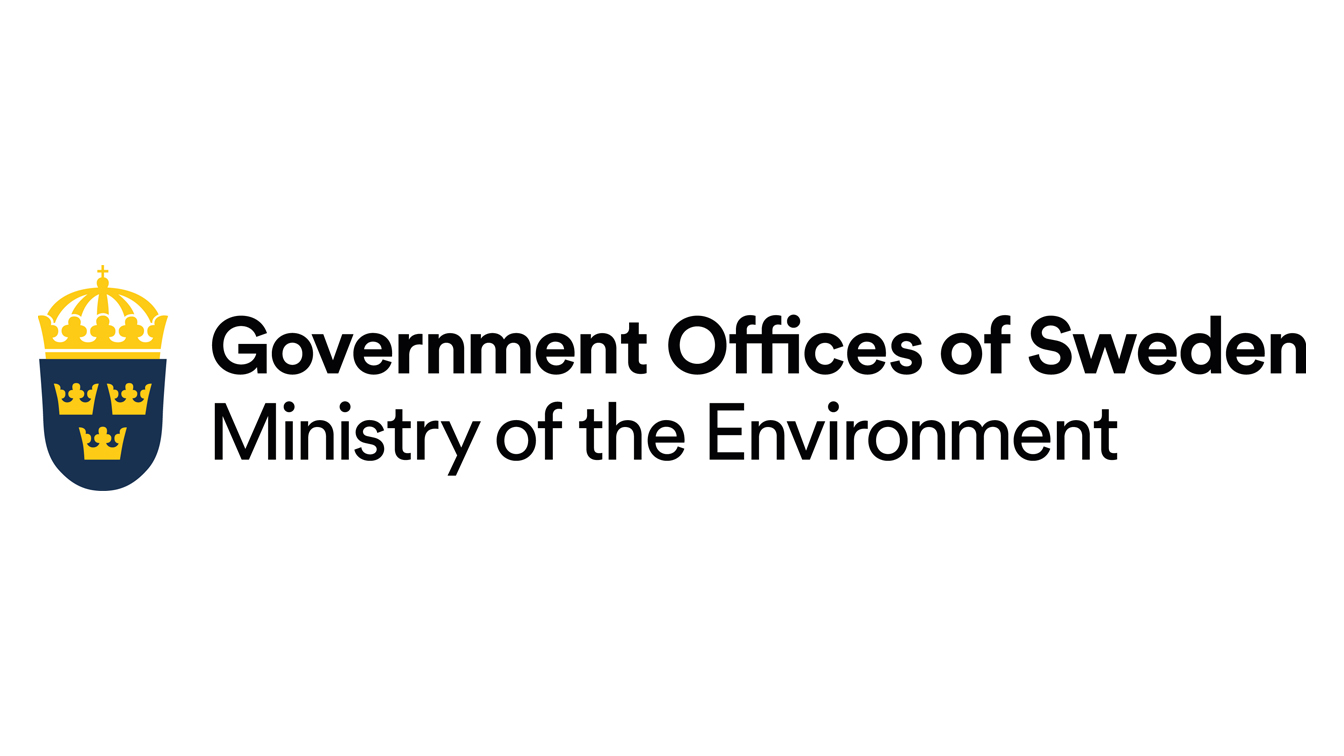Gender Equality: The Formula to Accelerate Implementation of the 2030 Agenda for Sustainable Development
Still Only One Earth: Lessons from 50 years of UN sustainable development policy
Addressing gender inequalities—including access to and control over natural resources—accelerates the impact of sustainable development policies. Enabling women’s participation and decision-making at all levels is an important, but often overlooked, step toward effective, transformative policies connected to the 2030 Agenda for Sustainable Development. (Download PDF) (See all policy briefs) (Subscribe to ENB)
Global efforts to promote gender equality show that progress is a slow and uneven dance. While women’s access to education and their share of the labour market have increased, gaps related to decision-making, prospects for advancement, access to and control over natural resources, and equal pay remain. COVID-19 has only exacerbated social stagnation, impacting women disproportionately while widening the long-existing gender pay gap (World Bank, 2021). Although women represent 39% of the global workforce, they accounted for 54% of pandemic-related job losses as of May 2020. “Shecession” has become a disturbing term to describe our current times. Given the multifaceted nature of the pandemic, moving towards a green recovery requires a cross-sectoral approach.
Gender equality and sustainable development are inseparable. Many of the barriers to effective sustainability policies are found in outdated discriminatory social norms and legal systems. Investing in girls and women requires no radical inventions but can break systemic barriers of power and privilege that continue to leave millions behind (Global Health 50/50, 2020). Supporting women in decision-making benefits our health and our environment, both key areas to be invested in for a healthy recovery (Zeinali et al., 2020).
The good news is that many individuals and organizations are moving in the right direction by combating disadvantageous social norms that continue to leave women behind. Crises are defining moments of change and women are not victims. They deserve an equal role in pandemic recovery and to have their voices heard at all decision-making levels. Achieving gender equality is in the interest of everyone and a cost-effective way to accelerate the implementation of the UN Sustainable Development Goals (SDGs).
Gender Inequality: A Form of Injustice that Leaves Everyone Behind
Globally, women and girls continue to face discrimination and violence. Gender inequality exists in all sectors the world over and holds back human progress and prosperity. The United Nations offers some numbers that illustrate the depth of this challenge:
- In 155 countries, at least one law exists that impedes women’s economic opportunities.
- The gender pay gap costs the global economy USD 160 trillion.
- Only 23.7% of all national parliamentarians are women.
- One in three women experience some form of physical or sexual violence in their lifetimes.
- Research indicates the cost of violence against women could amount to around 2% of the global gross domestic product (GDP). This is equivalent to USD 1.5 trillion, approximately the size of the Canadian economy.
Beyond the normative goal of achieving gender equality, gender-just solutions make economic sense. The World Bank Group’s Women, Business and the Law 2020 report illustrates how “equality of opportunity is good economics” when noting that estimates suggest women’s lagging participation in employment and entrepreneurship cost the world about 15% of its GDP.
International Efforts to Address the Gender Gap
UN commitments on the advancement of women began with the signing of the United Nations Charter in San Francisco in 1945. However, of the 160 signatories, only four were women—Minerva Bernardino (Dominican Republic), Virginia Gildersleeve (United States), Bertha Lutz (Brazil) and Wu Yi-Fang (China) (UN Women, 2019, p. 4).
We the peoples of the United Nations determined. . . to reaffirm faith in fundamental human rights, in the dignity and worth of the human person, in the equal rights of men and women and nations large and small…
The UN created the Commission on the Status of Women (CSW) in 1946 to ensure women’s equality and promote women’s rights. One of the CSW’s first tasks was to contribute to the drafting of the 1948 Universal Declaration of Human Rights, which recognizes “all human beings are born free and equal in dignity and rights.” The CSW focus on advancing women’s political rights began in an era when many Member States had not yet extended voting rights to women or equality within marriage.
The 1972 UN Conference on the Human Environment, the UN’s first environmental conference, did not address women or gender issues. In fact, the women’s agenda and the environmental agenda at the international level did not come together until preparations for the 1992 United Nations Conference on Environment and Development (Earth Summit) in Rio de Janeiro, Brazil.
United Nations Milestones on Women’s Empowerment: 1975-1985
- 1975: The World Conference of the International Women’s Year took place in Mexico City.
- 1976: The Voluntary Fund for the UN Decade for Women (later UNIFEM) was established to provide financial and technical assistance to innovative programs and strategies promoting women’s human rights, political participation, and economic security.
- 1976–1985: The UN declared 1976 to 1985 the UN Decade for Women: Equality, Development and Peace. The Decade contributed to the legitimacy of the international women’s movement and moved women’s issues forward on the global agenda.
- 1979: The UN General Assembly adopted the Convention on the Elimination of All Forms of Discrimination against Women (CEDAW). It is now one of the most widely ratified of all UN treaties and is known as the global bill of rights for women.
- 1980: The mid-decade World Conference of the UN Decade for Women convened in Copenhagen, Denmark, and focused on employment, health, and education.
- 1985: The World Conference to Review and Appraise the Achievements of the UN Decade for Women: Equality, Development and Peace convened in Nairobi, Kenya, and adopted the Nairobi Forward-looking Strategies for the Advancement of Women, a blueprint for the future of women to the end of the century.
A glaring lack of reference to women in the initial drafts of Agenda 21, the Earth Summit’s outcome document, motivated Bella Abzug and Mim Kelber, two of the founders of the Women’s Environment and Development Organization (WEDO), to call for all governmental and non-governmental delegations to the Earth Summit to be gender-balanced and to ensure a strong women’s voice on all sustainable development issues.
This work led to the inclusion of Principle 20 of the Rio Declaration and the inclusion of Chapter 24 in Agenda 21, “Global action for women towards sustainable and equitable development,” as well as references to women throughout the document.
Women have a vital role in environmental management and development. Their full participation is therefore essential to achieve sustainable development.
The role of women in sustainable development was further advanced at the 1995 Fourth World Conference on Women. The outcome document of this Conference, the Beijing Declaration and Platform for Action, remains the most comprehensive international blueprint for advancing women’s rights. However, twenty years later the UN’s review and appraisal of the implementation of the Beijing Declaration and Platform for Action noted that while many states considered women to be at the frontlines of redressing environmental degradation and coping with pollution, natural disasters and climate change, the extent of gender mainstreaming in sustainable development policies varied significantly across countries. The review specifically noted the importance of ensuring women’s access to and control over land and productive resources and their voice and agency in sustainable development decision-making and action at all levels (paragraph 335).
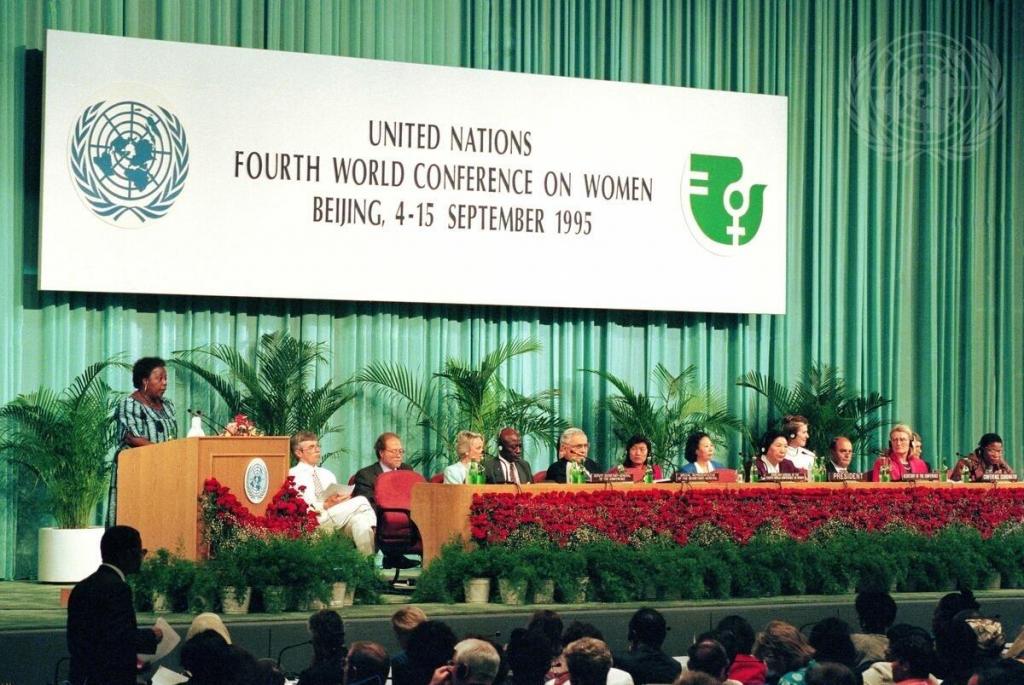
Gender Mainstreaming: A Key Ingredient to Sustainable Development
When governments negotiated the 2030 Agenda for Sustainable Development and its 17 SDGs, there was never a doubt about the role of women in promoting effective sustainable development. Gender equality is recognized as a prerequisite to realizing sustainable development and is integrated across the goals and targets of the 2030 Agenda. Structural and systemic barriers are addressed in SDG 5: Achieve gender equality and empower all women and girls. The 2030 Agenda notes equal access to education, decent work, and representation in political and economic decision-making processes form the basis for equitable societies. Investing in gender equality and the empowerment of all women and girls does not only implement SDG 5 but also supports progress across all 17 SDGs, including contributing to the eradication of poverty, climate mitigation and adaptation, biodiversity protection, and sustainable economic growth (Ivanova, 2021).
“Gender mainstreaming,” which aims to promote gender equality by assessing the gender implications of any planned policy, has been embraced by international organizations that are shaping global norms. The United Nations Framework Convention on Climate Change (UNFCCC) Gender Action Plan (GAP) is a step towards gender mainstreaming for climate action. Adopted in 2019, the GAP recommends systematically integrating gender considerations into climate policy and action, including in capacity building and knowledge management, communication, gender balance in participation and leadership, and gender responsive implementation (UNFCCC, 2019b). While this is progress, the GAP lacks precise indicators and targets. It will only have an impact on the ground if accompanied by meaningful national strategies that can be monitored (de Paula & Mar, 2020).
Under the Paris Agreement on climate change, the links between gender and climate are monitored through countries’ nationally determined contributions (NDCs). NDCs can ensure women have a stake in climate change-related decision-making. Apart from a gender ratio target to achieve equality goals, women can scale up the impacts of policies.
Access to financing is a key area for gender mainstreaming, since a lack of financing is a significant barrier to gender-just policy implementation (GCF, 2017). As an example of an organization working to overcome this hurdle, the Green Climate Fund (GCF) requires submitted projects to consider gender issues in their environmental and social impact assessment, and the study team must include a gender expert. Sex-disaggregated data must be collected before the project is implemented. According to the GCF, gender mainstreaming is fundamental to any project intervention and should “not necessarily signify additional costs but make climate interventions more effective and efficient.”
Women as Environmental Leaders
Given the accelerating, overlapping environmental crises our planet faces, it is critical we bring diverse crisis-response strategies to bear. Gender inequality limits this. Research has found men tend to opt for indefinite large-scale solutions, while women frequently choose to improve smaller but more concrete solutions at the community level (IFAD, 2014). Studies also suggest women have a different perception of risk and a different desire for protective action compared to men. However, given their disproportionate decision-making powers, men often determine when and what type of action families take in the face of crises. In some cases, this puts the lives of women and their families at risk.
Crises impact women and men differently. This is especially true when combined with other characteristics such as age, race, ethnicity, socioeconomic status, and geographical location. Moreover, women displaced by disaster are often exposed to distinct threats such as sexual and gender-based violence, exploitation, and trafficking. Limited access to healthcare—a frequent condition in crises—can disproportionately impede women’s access to specialized life-saving health services, including reproductive and mental health services. In cases of displacement, women’s adaptive capacities are often affected by sociocultural norms, restricted livelihood options, lack of access to formalized safety nets, and fewer possibilities to benefit from technologies and information. Lack of resources and freedom are a recipe for trapping women where climate and disaster risks are high, argues the Office of the UN High Commissioner for Refugees.
In contrast, research illustrates the positive contribution women make when they are in leadership positions. In the renewable sector energy, the “female director” effect has been observed in the US. Studies show the interaction of gender diversity and renewable energy increases firm value. When at least two female directors are on the board, renewable energy consumption rises.
Women are also positive change agents in climate-smart agriculture (IFAD, 2014). Worldwide, the percentage of people who work in agriculture has dropped from 44% in 1991 to 26% in 2020. However, as many as 150 million people could be lifted out of hunger and poverty if women farmers had the same access to and control over agricultural resources as men.
Of 160 countries, only 59 allow women and men to have equal rights to own, use, and control land (OECD, 2014). But championing equitable natural resource governance leads to better livelihood outcomes. According to the Food and Agriculture Organization of the UN, if women had the same access to productive resources as men, they could increase yields on their farms by 20–30%. This could raise total agricultural output in developing countries by 2.5–4%, which could in turn reduce hunger by 12–17%.
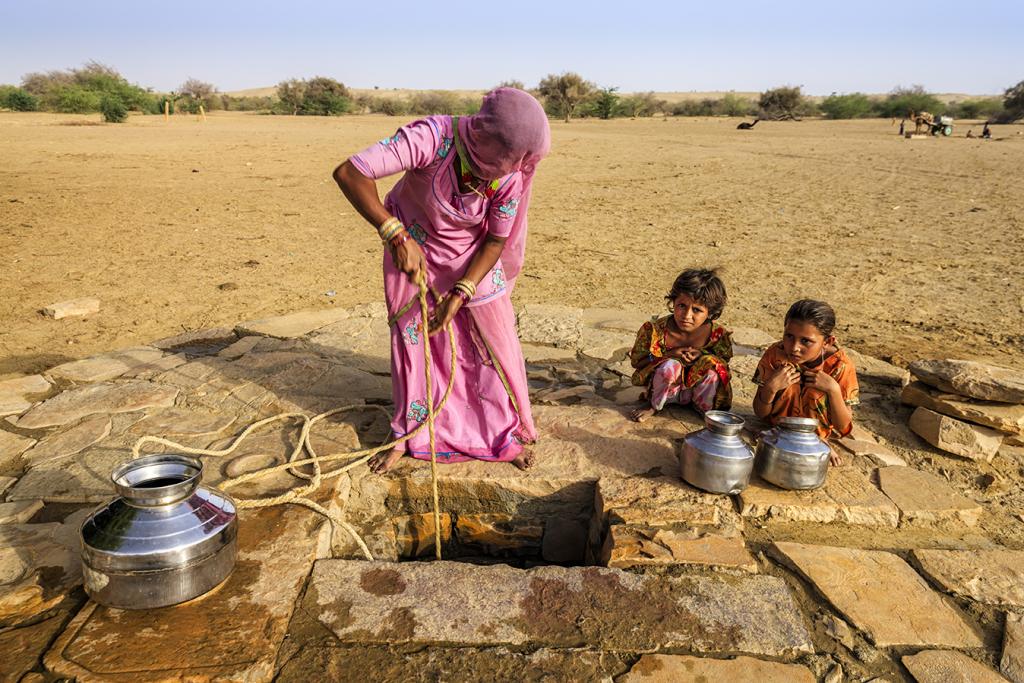
The International Union for Conservation of Nature (IUCN) reports that gender equality and women’s participation in decision-making and natural resource governance benefits conservation. Mavisakalyan and Tarverdi (2019) found countries with more women representatives in national parliaments had more stringent climate change policies and created more protected areas.
Yet, in 2019, women held only 12% of parliamentary seats, according to the Women, Peace and Security Index. At the current rate of progress, according to the UN, gender parity in national legislative bodies will not be achieved before 2063, if deep-seated discriminatory norms, stereotypes, and violence persist.
This disparity is on display during the COVID-19 pandemic. Informal jobs, mostly held by women, were the first to disappear due to the pandemic. Moreover, 70% of frontline health workers are women. At home, the pandemic saw an increase in unpaid care work that typically falls on women’s shoulders while documented spikes in domestic violence showed another horrific way this pandemic is a matter of life and death.
Despite bearing much of the brunt of the pandemic, women have not been proportionately empowered to shape the global response. At the decision-making level, researchers found a mere 3.5% of 115 identified COVID-19 decision-making and expert task forces have gender parity in their membership, while 85.2% are majority men (van Daalen et al., 2020).
Transforming Gender Norms for a Sustainable Planet
In India, women spend 150 million workdays per year fetching and carrying water. This represents the equivalent of a national loss of income of 10 billion rupees (USD 160 million). However, despite women’s responsibilities in the use and management of natural resources, they are typically less involved in, or prohibited from, formal governance processes. This results in their needs, interests, goals, knowledge, and capabilities both under-represented and under-utilized (IUCN, 2020).
It is vital to overcome these persistent and structural barriers that impinge women’s access to natural resources—evident in discriminatory laws on land tenure—as well as the equitable distribution of benefits from extractive resources including minerals, metals, timber, oil, and gas. This extends to the education and legislative realms, where new leaders could be trained and rules on resource use could be reshaped.
Yet despite these barriers, there are success stories. In 2018, Yvonne Aki-Sawyerr became the first woman elected in 40 years as mayor of Freetown, the capital of Sierra Leone. Climate change and environment have been at the centre of her Transform Freetown policy agenda. Women are also engaged in community-based organizations and civil society networks, such as the Federation for Urban and Rural Poor (FEDURP), a women-led network of more than 3,000 people organized through small savings and loans groups. These groups provide households with financial security and mobilize community action. FEDURP has become an essential partner in implementing the Transform Freetown Agenda, demonstrating the power of inclusive governance (UNEP et al., 2020, p.33).
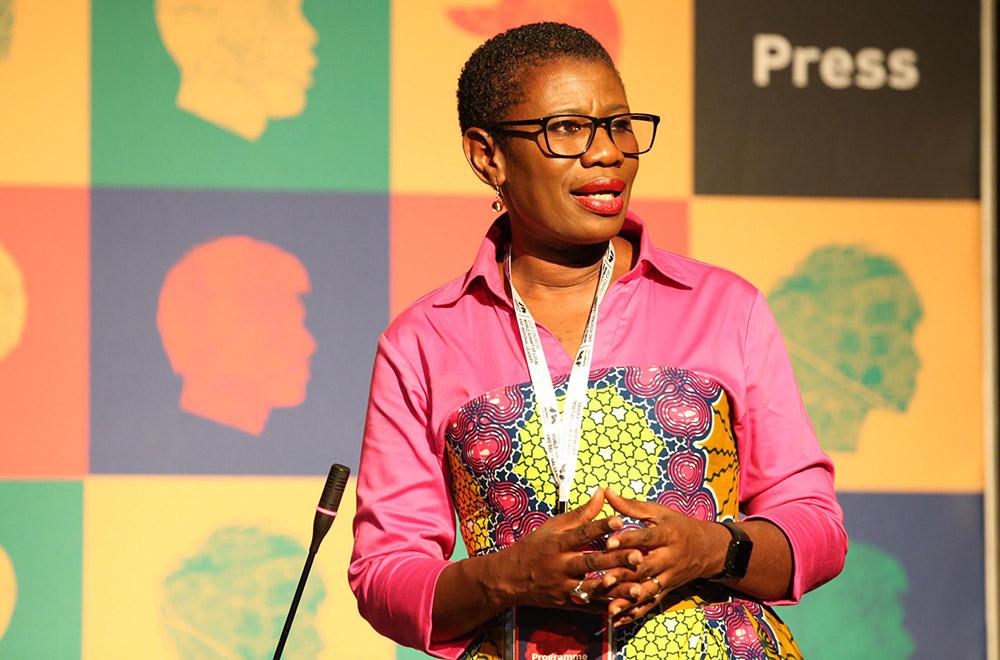
Urgent action is needed to scale up successes such as these. Gender equality brings more than ethical benefits. It supports an inclusive and sustainable economy and eradication of poverty and hunger. It promotes resilient and healthy communities and populations, accelerates sustainability policies and responsible environmental stewardship. And it contributes to global peace and security. However, for these benefits to be sustained, early structural barriers related to education and unequal opportunities must be eliminated so more women can attain leadership positions.
To advance and achieve gender equality, and the empowerment of women and girls, a new mindset is needed.
Gender-just solutions must be more than an anti-discrimination measure: they are practical and useful ways to advance all of the SDGs synergistically. Concretely, decision-makers, donors, and communities have much to gain if they:
- Ensure women’s access to and control over land and productive resources.
- Support non-governmental organizations, social enterprises, and networks that foster gender equality in the context of environmental conservation, climate action, and health promotion.
- Fund women-led organizations that work towards achieving the 2030 Agenda and the SDGs.
- Ensure environmental policies are gender-responsive and tailored to allow women’s voices and agency in environmental and sustainable development decision-making and action at all levels.
- Improve the quality of gender-specific data, recognizing the range of gender-based differences during the COVID-19 pandemic to ensure response efforts reach girls and women in the eventual economic recovery.
There are no healthy people in a sick planet. There is no environmental justice without social justice. As Shirley Chisholm, the first Black US Congresswoman, once said: “If they don’t give you a seat at the table, bring a folding chair.”
Works Consulted
Andrijevic, M., Crespo Cuaresma, J., Lissner, T., Thomas, A., & Schleussner, C.-F. (2020). Overcoming gender inequality for climate resilient development. Nature Communications, 11(article 6261). https://doi.org/10.1038/s41467-020-19856-w
de Paula, N., & Mar, K. A. (2020). Moving as one. Integrating the health and climate agendas for planetary health in a post-pandemic world. IASS Policy Brief, 2020(2). https://www.iass-potsdam.de/en/output/publications/2020/moving-one-integrating-health-and-climate-agendas-planetary-health-post
de Paula, N., Jung, L., Mar, K., Bowen, K., Maglakelidze, M., Fünderich, M., Otieno, M., El Omrani, O., Baunach, S., & Gepp, S. (2021). A planetary health blind spot: The untapped potential of women to safeguard nature and human resilience in LMICs. The Lancet Planetary Health, E109–E110. https://doi.org/10.1016/s2542-5196(21)00007-3
Global Health 50/50. (2020). The Global Health 50/50 report 2020: Power, privilege, and priorities. https://globalhealth5050.org/2020report/
Green Climate Fund. (2017). Mainstreaming gender in Green Climate Fund projects. https://www.greenclimate.fund/document/mainstreaming-gender-green-climate-fund-projects
International Fund for Agricultural Development. (2014). The gender advantage. Women on the front line of climate change. https://www.ifad.org/en/web/knowledge/publication/asset/39409613
Inno, L., Rotundi, A., & Piccialli, A. (2020). COVID-19 lockdown effects on gender inequality. Nature Astronomy 4, 1114. https://doi.org/10.1038/s41550-020-01258-z
International Union for Conservation of Nature. (2020). Gender and natural resource governance: Addressing inequalities and empowering women for sustainable ecosystem management. https://portals.iucn.org/union/sites/union/files/doc/iucn-srjs-briefs-gender-nrg-en_0.pdf
Ivanova, M. (2021). Connecting human and planetary health: An interview with Christiana Figueres. Globalizations. https://doi.org/10.1080/14747731.2020.1866391
Mavisakalyan, A., & Tarverdi, Y. (2019). Gender and climate change: Do female parliamentarians make difference? European Journal of Political Economy, 56, 151–164. https://doi.org/10.1016/j.ejpoleco.2018.08.001
Organisation for Economic Co-operation and Development. (2014). Social Institutions and Gender Index: 2014 Synthesis Report. OECD.
United Nations Environment Programme. (2016). Global gender and environment outlook. https://www.unep.org/resources/report/global-gender-and-environment-outlook-ggeo
United Nations Environment Programme, UN Women, UNDP, and UNDPPA/PBSO. (2020). Gender, climate and security. https://gender-nr-peace.org/assets/2020_GCS_Report/GCS_PolicyReport_200611.pdf
United Nations Development Programme. (2013). Gender and disaster risk reduction. Gender and climate change: Asia and the Pacific Policy brief 3. https://www.undp.org/content/dam/undp/library/gender/Gender%20and%20Environment/PB3-AP-Gender-and-disaster-risk-reduction.pdf
van Daalen, K. R., Bajnoczki, C., Chowdhury, M., Dada, S., Khorsand, P., Socha, A., Lal, A., Jung, L., Alqodmani, L., Torres, I., Ouedraogo, S., Mahmud, A. J., Dhatt, R., Phelan, A., & Rajan, D. (2020). Symptoms of a broken system: The gender gaps in COVID-19 decision-making. BMJ Global Health, 5(10), e003549. https://doi.org/10.1136/bmjgh-2020-003549
UN Women. (2019). A Short History of the Commission on the Status of Women. https://www.unwomen.org/-/media/headquarters/attachments/sections/library/publications/2019/a-short-history-of-the-csw-en.pdf
Woetzel, J., Madgavkar, A., Ellingrud, K., Labaye, E., Devillard, S., Kutcher, E., Manyika, J., Dobbs, R., & Krishnan, M. (2020). How advancing women’s equality can add $12 trillion to global growth. McKinsey & Company. https://www.mckinsey.com/featured-insights/employment-and-growth/how-advancing-womens-equality-can-add-12-trillion-to-global-growth
Women’s Environment and Development Organization. (2020). Factsheet: UNFCCC progress on achieving gender balance (COP25). https://wedo.org/factsheet-unfccc-progress-achieving-gender-balance-dec2019-2/
World Bank. (2021). Women, Business and the Law 2021. http://hdl.handle.net/10986/35094
Zeinali, Z., Bulc, B., Lal, A., van Daalen, K. R., Campbell-Lendrum, D., Ezzine, T., Fagan, L., Germann, S., Guinto, R., Lakhani, H., Neveux, M., Ngendahayo, C., Patil, P., Singh, S., Timilsina, S., Udeh, C., & Whitmee, S. (2020). A roadmap for intergenerational leadership in planetary health. The Lancet Planetary Health, 4(8), e306–e308. https://doi.org/10.1016/s2542-5196(20)30171-6
You might also be interested in
Web of resilience
Pakistan's development model has still not recognised the limits of the natural environment and the damage it would cause, if violated, to the sustainability of development and to the health and well-being of its population. Pakistan’s environment journey began with Stockholm Declaration in 1972. A delegation led by Nusrat Bhutto represented the country at the Stockholm meeting, resulting in the establishment of the Urban Affairs Division (UAD), the precursor of today’s Ministry of Climate Change. In setting the country’s environmental agenda, we were inspired by the Stockholm Principles, but in reality, we have mostly ignored them for the last five decades.
The Legacies of the Stockholm Conference
Fifty years after Stockholm, we face a triple planetary crisis of climate change, nature and biodiversity loss, and pollution.
From Land Degradation to Land Restoration
Combating desertification, land degradation, and droughts can win socio-economic benefits for people in drylands and reduce climate change impacts.
What Will Happen at COP 29?
Talks at the 2024 UN Climate Change Conference (COP 29) will range from defining a way forward on finance through a new collective quantified goal (NCQG) to mitigation, and loss and damage. Ahead of negotiations in Baku, IISD’s Earth Negotiations Bulletin Team Lead Jennifer Bansard examines the agenda and breaks down what to watch as eyes turn to Azerbaijan.

